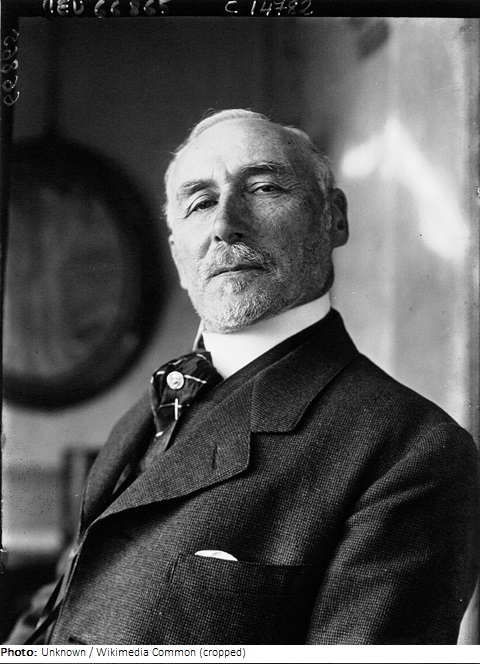Amand Edmond Jean

Biographical information
| Roles | Referee |
|---|---|
| Sex | Male |
| Full name | Amand Edmond•Jean |
| Used name | Amand Edmond•Jean |
| Other names | Edmond Aman-Jean, Edmond François Aman-Jean |
| Born | 13 November 1858 in Chevry-Cossigny, Seine-et-Marne (FRA) |
| Died | 25 January 1936 in Paris Ve, Paris (FRA) |
| NOC |  France France |
Biography
Amand Edmond Jean called himself Aman-Jean from 1892 and was married to the landscape painter Thadée-Caroline Jacquet (1858-1936). Jean received his first artistic training in 1875-77 in drawing classes at an evening school in Paris. There, he met Georges Seurat (1859-1891), developing a long-lasting friendship and working relationship. From 1878 they both attended supplementary courses at the École des Beaux-Arts in Paris.
Deeply impressed by the 4th Impressionist Exhibition in 1879, Jean soon abandoned his studies at the École des Beaux-Arts to paint with Seurat in the environs of Paris. In 1881-88, they both shared a studio in Paris and in 1883 they got to know Pierre Puvis de Chavannes (1824-1898), working with him for a short time. In 1885, Jean traveled to Italy on a scholarship, admiring especially the works of the Italian Renaissance masters.
In 1887, Jean and Seurat visited Vincent van Gogh (1853-1890) in Brussels. In 1900, Jean received the gold medal at the Paris World’s Fair and was made a Knight of the Legion of Honor. In 1933, he was promoted to Commander of the order. A member of the Société Nationale des Beaux-Arts since 1893, he was president of the painting section several times. However, he left the association in 1925 to found the Salon des Tuileries with others. He was also a corresponding member of the Vienna Secession and a member of the Académie Royale de Belgique. From 1891, he also worked as an art critic for the magazine La Révolte intellectuelle.
Jean had been in contact with the Symbolists since the early 1980s and his art matured under their influence. Puvis de Chavannes, Maurice Denis and the Nabis group also had a stylistic influence. Between 1889 and 1900, Jean was considered the “official portraitist of all female Paris”. Frequent visits to Italy (partly due to his deteriorating health), especially the Amalfi period (1895-97), brought a turn from a preference for dull, delicate, finely nuanced colors to radiant ones. A trip to Venice followed in 1912. During World War I, he produced only a few works. The late work lacked originality, although Jean occasionally still created paintings that match the charm of his early portraits of women.
Referee
| Games | Sport (Discipline) / Event | NOC / Team | Phase | Unit | Role | As | |
|---|---|---|---|---|---|---|---|
| 1928 Summer Olympics | Art Competitions |  FRA FRA |
Edmond Aman-Jean | ||||
| Painting, Paintings, Open (Olympic) | Final Standings | Judge | |||||
| Painting, Graphic Arts, Open (Olympic) | Final Standings | Judge | |||||
| Painting, Drawings And Water Colors, Open (Olympic) | Final Standings | Judge |